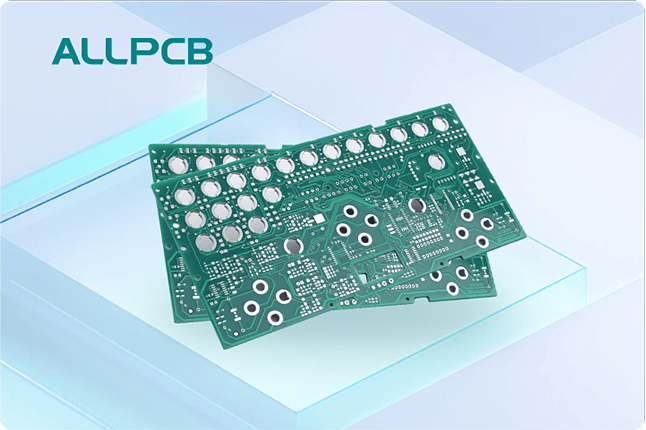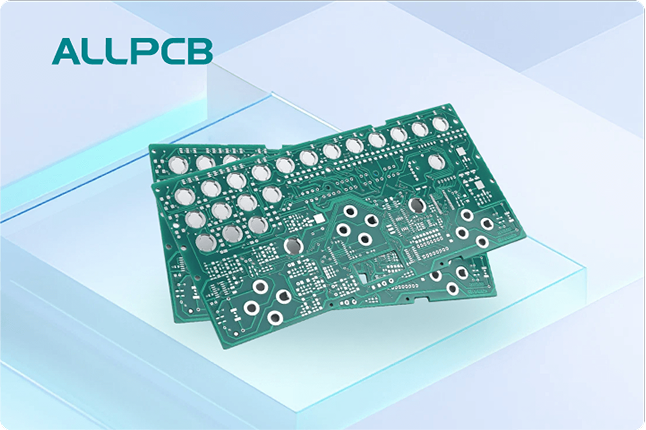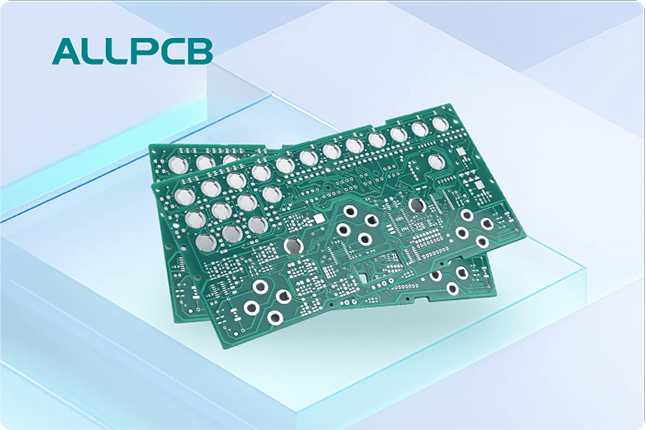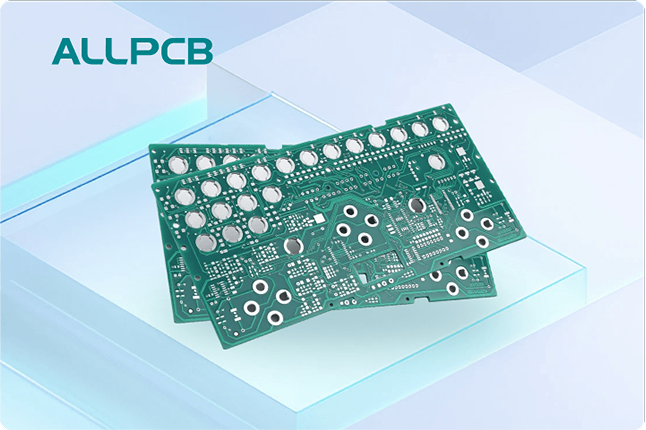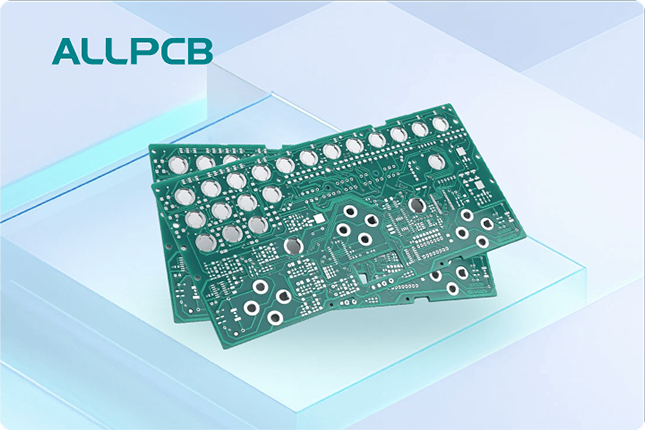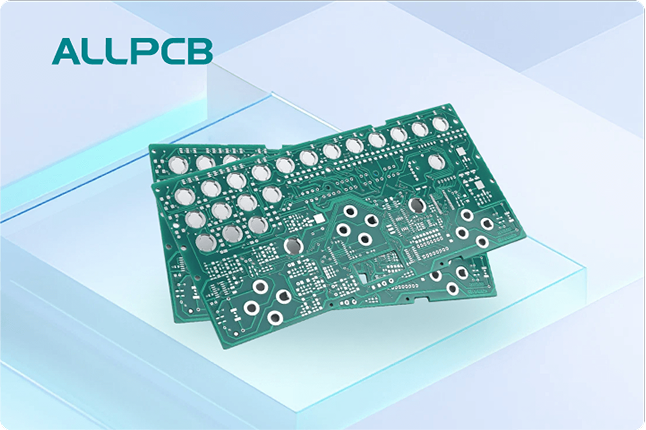In the fast-paced world of electronics manufacturing, ensuring a steady flow of components for printed circuit board (PCB) mass production is a critical challenge. Supply chain disruptions, component shortages, and unreliable suppliers can halt production lines and cost businesses time and money. So, how can manufacturers build supply chain resilience to overcome PCB component sourcing challenges and secure reliable materials for mass production? The answer lies in strategic planning, strong supplier relationships, and proactive supply chain management for PCBs.
In this comprehensive guide, we’ll explore the key obstacles in PCB material procurement, share actionable strategies for mitigating component shortages in PCB production, and highlight ways to identify reliable PCB component suppliers. Whether you’re an engineer, procurement specialist, or business owner, this blog will equip you with the tools to strengthen your supply chain and ensure smooth operations.
Understanding the Importance of Supply Chain Resilience in PCB Manufacturing
Supply chain resilience refers to the ability of a manufacturing process to withstand and recover from disruptions, such as raw material shortages, geopolitical issues, or unexpected demand spikes. For PCB mass production, resilience is not just a luxury—it’s a necessity. A single missing component, like a capacitor or resistor, can delay an entire production run, leading to missed deadlines and dissatisfied customers.
The PCB industry relies on a complex network of suppliers, manufacturers, and logistics providers. With components sourced globally, even a small hiccup—such as a factory shutdown in one region—can ripple through the entire supply chain. For instance, during global events like the semiconductor shortage in 2021, many electronics manufacturers faced delays due to a lack of critical chips, with production lines stalled for weeks or months. Building resilience means preparing for such scenarios and having backup plans in place.

Key PCB Component Sourcing Challenges in Mass Production
Before diving into solutions, let’s break down the most common PCB component sourcing challenges that manufacturers face during mass production. Understanding these hurdles is the first step toward overcoming them.
1. Component Shortages and Lead Time Delays
One of the biggest issues in PCB production is the availability of components. High-demand parts, such as microcontrollers or specific resistors, often have long lead times—sometimes stretching to 20-30 weeks. When demand outstrips supply, manufacturers are left scrambling to find alternatives or waiting for restocks, which delays production schedules.
2. Quality and Counterfeit Risks
Not all suppliers provide components that meet industry standards. Low-quality or counterfeit parts can sneak into the supply chain, leading to failures in the final product. For example, a counterfeit capacitor might have a lower voltage rating than specified (e.g., rated for 16V instead of 25V), causing circuit malfunctions or safety hazards.
3. Price Volatility
The cost of raw materials and components can fluctuate due to market conditions, currency exchange rates, or geopolitical tensions. For instance, the price of copper—a key material in PCB fabrication—can spike unexpectedly, impacting overall production costs. Manufacturers must account for these fluctuations when budgeting for large-scale production.
4. Geopolitical and Logistical Disruptions
Global supply chains are vulnerable to events like trade restrictions, natural disasters, or shipping delays. A port closure or a new tariff policy can disrupt the flow of components, leaving manufacturers unable to meet production deadlines. These issues are especially critical for companies relying on overseas suppliers for specialized parts.

Strategies for Mitigating Component Shortages in PCB Production
Now that we’ve identified the challenges, let’s explore practical strategies for mitigating component shortages in PCB production. These approaches can help manufacturers stay ahead of disruptions and maintain a steady production flow.
1. Diversify Your Supplier Base
Relying on a single supplier for critical components is a risky strategy. If that supplier faces a disruption, your production line could grind to a halt. Instead, build relationships with multiple reliable PCB component suppliers across different regions. This diversification reduces the impact of localized disruptions and gives you backup options during shortages.
2. Implement Inventory Buffering
Maintaining a buffer stock of essential components can act as a safety net during unexpected shortages. For high-demand parts like surface-mount resistors or specific ICs, consider keeping a reserve of 10-20% above your typical monthly usage. While this increases upfront costs, it prevents costly delays during production peaks.
3. Use Component Substitution and Design Flexibility
Design your PCBs with flexibility in mind. Where possible, specify components with multiple compatible alternatives. For instance, if a particular 10kΩ resistor is out of stock, having a design that accommodates a similar part with the same specifications can keep production moving. Work closely with your design team to identify substitutable components during the early stages of product development.
4. Leverage Forecasting and Demand Planning Tools
Advanced forecasting software can predict component demand based on historical data, market trends, and production schedules. By anticipating needs 6-12 months in advance, you can place orders early and avoid last-minute shortages. Accurate forecasting also helps optimize inventory levels, reducing the risk of overstocking or understocking.

Effective Supply Chain Management for PCBs
Strong supply chain management for PCBs is the backbone of resilient mass production. By streamlining processes and fostering collaboration, manufacturers can minimize risks and improve efficiency. Here are key practices to implement:
1. Build Long-Term Supplier Relationships
Establishing trust with suppliers goes a long way in securing priority access to components during shortages. Long-term partnerships often come with benefits like negotiated pricing, faster delivery times, and early warnings about potential disruptions. Regular communication with suppliers ensures you’re always in the loop about inventory levels and production timelines.
2. Adopt Just-In-Time (JIT) with Caution
While Just-In-Time inventory systems reduce storage costs by ordering components only as needed, they can backfire during supply chain disruptions. Balance JIT with buffer stocks for critical components to avoid production halts. For example, keep a small reserve of high-value items like microprocessors while using JIT for less critical parts like standard connectors.
3. Monitor Global Market Trends
Stay informed about factors that could impact your supply chain, such as raw material price changes or geopolitical events. Subscribe to industry reports or use supply chain monitoring tools to track trends. For instance, if copper prices are projected to rise by 15% in the next quarter, you can adjust your procurement strategy accordingly.
4. Integrate Technology for Visibility
Supply chain management software provides real-time visibility into inventory levels, order statuses, and delivery timelines. These tools can alert you to potential delays before they become critical. For example, if a shipment of capacitors is delayed by a week, the software can notify you in advance, giving you time to source alternatives.
Finding Reliable PCB Component Suppliers
Partnering with reliable PCB component suppliers is a cornerstone of supply chain resilience. But how do you identify trustworthy partners for PCB material procurement? Here are some tips to guide your search:
1. Verify Supplier Certifications
Look for suppliers with industry-recognized certifications, such as ISO 9001 for quality management or RoHS compliance for environmental standards. These certifications indicate a commitment to consistent quality and ethical practices, reducing the risk of receiving substandard or counterfeit parts.
2. Evaluate Delivery Performance
Assess a supplier’s track record for on-time delivery. A supplier that consistently meets deadlines—even during peak demand periods—is a valuable partner. Request data on their average lead times and delivery reliability to make an informed decision.
3. Check Component Traceability
Reputable suppliers provide traceability for their components, allowing you to verify the origin and authenticity of each part. Traceability is especially important for high-reliability applications, such as medical or aerospace PCBs, where component failure is not an option.
4. Seek Recommendations and Reviews
Tap into industry networks or online platforms to gather feedback on potential suppliers. Other manufacturers’ experiences can reveal insights into a supplier’s reliability, customer service, and ability to handle large orders for mass production.
Future-Proofing Your PCB Supply Chain
As the electronics industry evolves, so do the challenges of supply chain management. To stay ahead, manufacturers must adopt forward-thinking strategies for PCB material procurement and component sourcing. Here are a few trends and practices to consider:
1. Embrace Local Sourcing
While global sourcing offers cost benefits, local suppliers can reduce lead times and minimize logistical risks. Explore partnerships with regional distributors to create a hybrid sourcing model that balances cost and speed.
2. Invest in Sustainable Practices
Sustainability is becoming a priority in electronics manufacturing. Partner with suppliers who prioritize eco-friendly materials and processes, such as lead-free soldering or recyclable packaging. This not only reduces environmental impact but also aligns with customer and regulatory expectations.
3. Prepare for Digital Transformation
The future of supply chain management lies in digital tools like blockchain for traceability, AI for demand forecasting, and IoT for real-time tracking. Start integrating these technologies into your operations to gain a competitive edge in supply chain management for PCBs.
Conclusion: Building a Resilient Future for PCB Mass Production
Supply chain resilience is the key to overcoming PCB component sourcing challenges and ensuring uninterrupted mass production. By diversifying suppliers, implementing inventory buffers, leveraging technology, and partnering with reliable PCB component suppliers, manufacturers can navigate disruptions with confidence. Effective supply chain management for PCBs not only mitigates risks like component shortages but also positions your business for long-term success in a competitive industry.
Start by assessing your current supply chain vulnerabilities and applying the strategies discussed in this guide. With proactive planning and strong partnerships, you can secure your PCB material procurement process and build a foundation for scalable, efficient production. Let’s work together to create a future where supply chain disruptions are a challenge of the past.
 ALLPCB
ALLPCB


